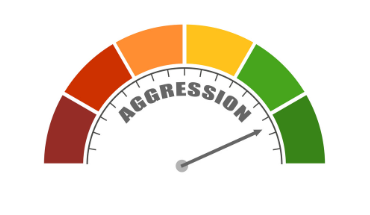
Aggressive Behavior Scale
The Aggressive Behavior Scale is a tool commonly used in psychology and behavioral sciences to measure the frequency and intensity of aggressive behaviors exhibited by individuals. It typically consists of a series of questions or statements related to aggressive thoughts, feelings, and actions, which respondents rate based on their own experiences or observations. Aggressive Behavior Scale is adapted to specifically measure aggressive behaviors exhibited by drivers on the road.
Safety Assessment: By quantifying the frequency and severity of aggressive driving behaviors such as tailgating, speeding, weaving between lanes, and verbal or physical confrontations with other drivers, the scale helps assess the safety risk posed by individual drivers.
Identification of High-Risk Groups: It allows researchers and traffic safety professionals to identify demographic groups or personality types that are more prone to aggressive driving behaviors. This information can inform targeted interventions and educational campaigns aimed at reducing aggressive driving incidents.
Evaluation of Interventions: Traffic psychologists can use the scale to assess the effectiveness of interventions designed to mitigate aggressive driving, such as educational programs, traffic law enforcement strategies, and infrastructure improvements. By comparing scores before and after intervention implementation, researchers can determine whether these efforts lead to a reduction in aggressive behaviors.
Policy Development: Data collected through the Aggressive Behavior Scale can inform the development of traffic policies and regulations aimed at curbing aggressive driving. For example, policymakers may use findings from research using the scale to justify the implementation of stricter penalties for aggressive driving offenses or the introduction of traffic calming measures in high-risk areas.
